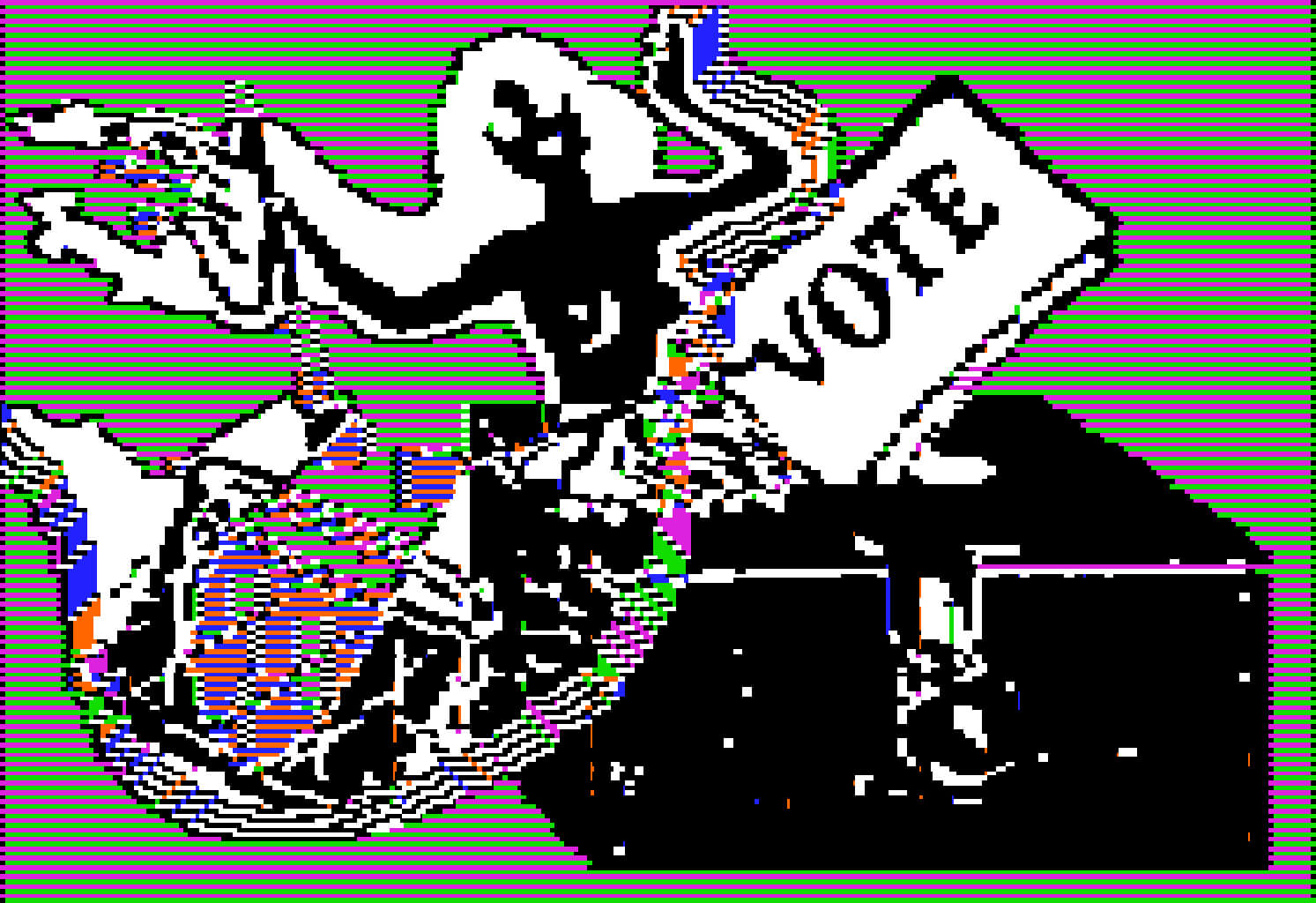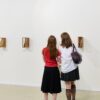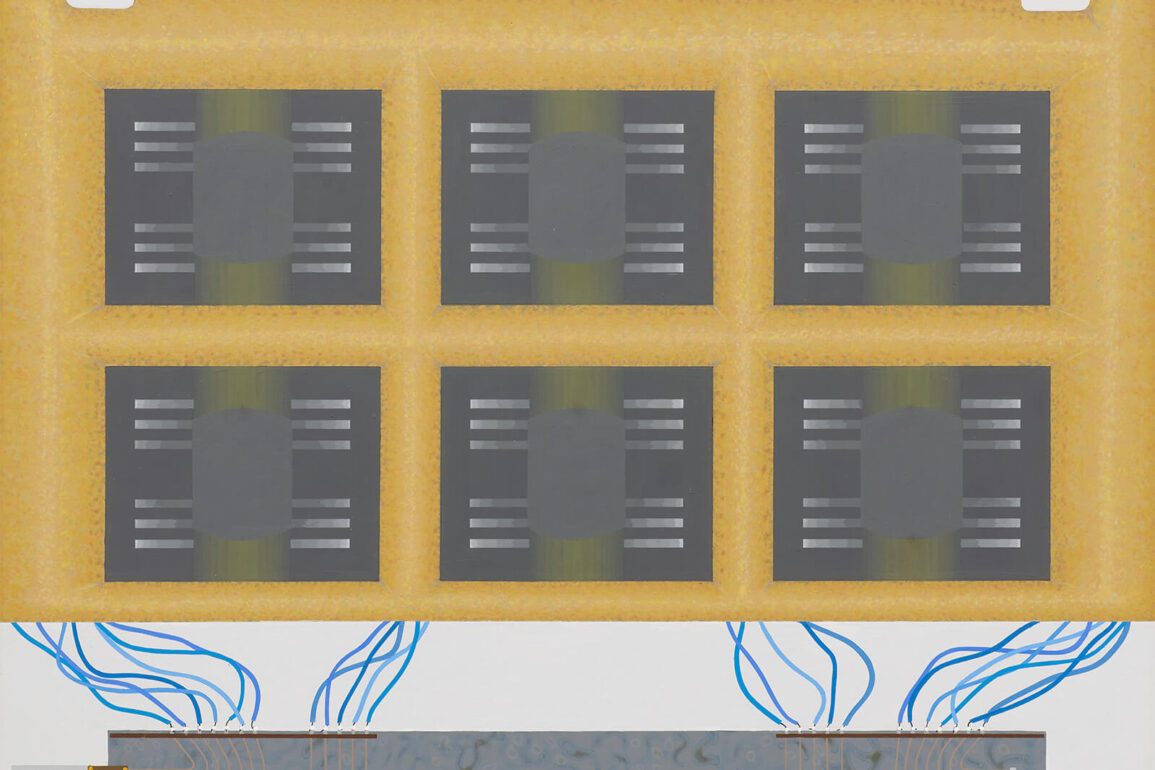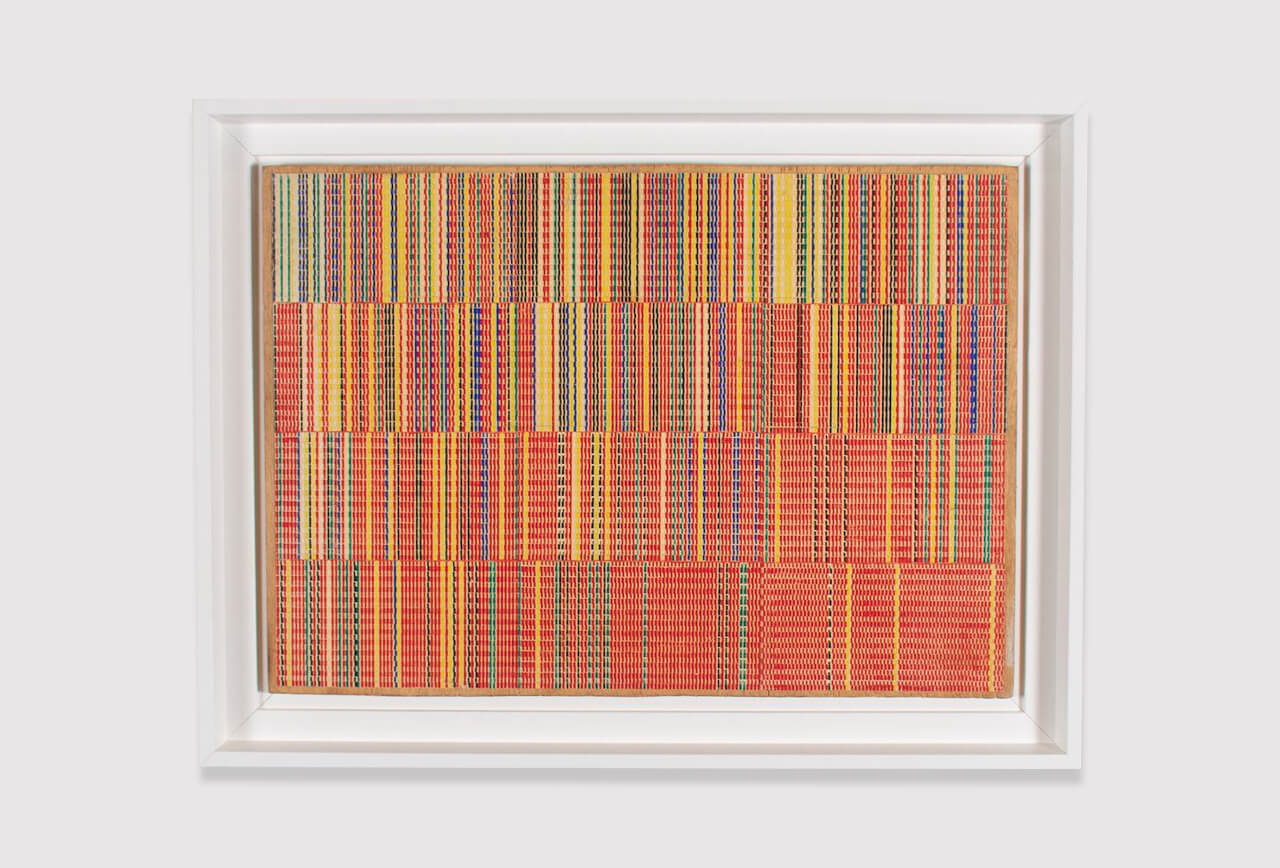Mudam, a museum of modern art in Luxembourg, Europe is currently presenting Radical Software: Women, Art and Computing 1960 – 1991, a group exhibition highlighting the contributions of pioneering women computer artists, as well as women artists who worked in an “inherently computational” way (to use the exhibition’s phrasing). The show is on view from September 20, 2024 – February 2, 2025 and brings together over 100 works by 50 artists from 14 countries. The exhibition is organised by Mudam and Kunsthalle Wien, Vienna, by guest curator Michelle Cotton, artistic director of Kunsthalle Wien, with support from Sarah Beaumont, assistant curator at Mudam. Cotton joins STIR for an interview that sheds light on this important exhibition.

…to this day, we still have art historical survey exhibitions on the first generations of artists working with computers that overlook the significant contribution of women…
– Michelle Cotton, artistic director, Kunsthalle Wien
Artists included in the exhibition range from American artists Lynn Hershman Leeson and Tamiko Thiel to Swedish artists Charlotte Johannesson and Ulla Wiggen, and Hungarian artist Vera Molnár, among many others. Not all of the artists have worked solely with digital media. For example, Johannesson created many works of textile art that resemble contemporary 8-bit art—associated with retro video games—while Wiggen rose to fame for painting circuitry and electronic components. It is important to note that all of the works in the exhibition were created prior to the ‘dot-com’ boom, which lasted from the late 1990s – early 2000s, and that many in Radical Software were understandably fascinated by the possibilities that the proliferation of digital technology entailed. For instance, Hershman Leeson comes to mind for the prescient views that the American artist expressed regarding the political dimension of mass media and the internet.
The 1960s to the 1970s saw the second wave of feminism, typified by the struggle for equality in all aspects of women’s lives. While some of the art from this time that is on view did express feminist viewpoints, an overarching feminist perspective should not be treated as a defining characteristic of the works in Radical Software. Cotton regards this overlap between feminism and the exhibited practices as being largely incidental, saying, “It just so happens that there is a historical concurrence between these two things, but of course one impacts upon another.” This is a contemporary art exhibition focusing on computer-focused and computer-adjacent practices that has been developed through a feminist lens, rather than an exhibition of feminist art made through the use of computers. The curator highlights her objective with this offering of multidisciplinary art, telling STIR, “…to this day, we still have art historical survey exhibitions on the first generations of artists working with computers that overlook the significant contribution of women. I wanted to address that. Radical Software: Women Art & Computing 1960-1991 focuses solely on those contributions.”

Cotton highlights an important element of the show that we are well aware of: that many of the exhibited artists would not describe themselves as ‘computer artists’ or ‘digital artists’ as they did not work with digital tools or produce digital art at all. This is much to the show’s benefit, as it allows the exhibition to work beyond the confines of a medium, and present a larger selection of art made with a wider range of strategies and materials… As Cotton tells STIR, “The exhibition abandons these conventional art historical movements or categories and the established narratives that accompany them to insteadlook at art history through the lens of a technology: the computer.” The computer, then, is always the subject here, but not necessarily the tool.
Radical Software is a highly engaging show that highlights the critical contributions of several pioneering women artists, who worked with, were inspired by, and thought deeply about technology.
‘Radical Software: Women, Art and Computing 1960 – 1991’ is on view from September 20, 2024 – February 2, 2025 at the Mudam Museum of Modern Art, Luxembourg.
This post was originally published on this site be sure to check out more of their content










